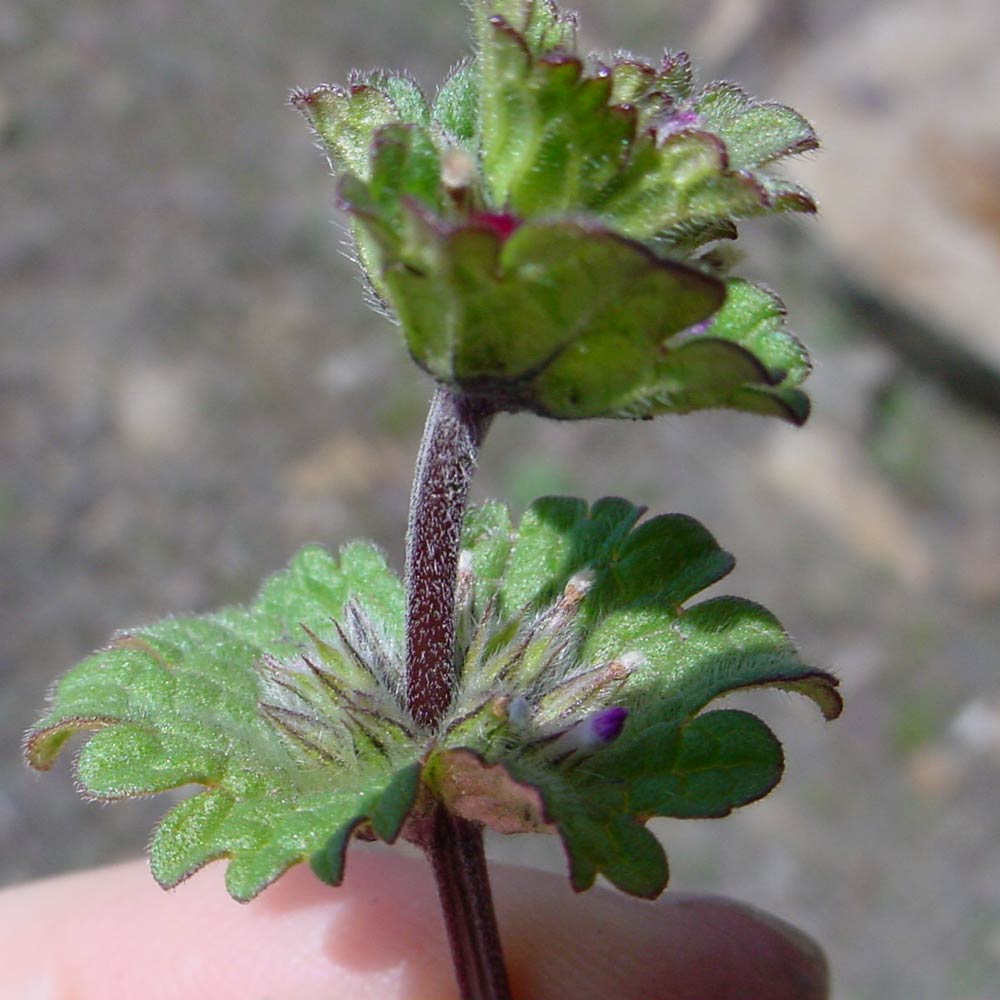Beat the Weeds? Stop the Seeds
The key to getting the upper hand on weeds is stopping the seeds from sprouting. Here's how.
Identify & Prevent this Early Spring Weed
Seeing purple in your early-spring weed infestation? Odds are the culprit is henbit, a common winter-annual weed that germinates in the cool, moist soil of fall or early spring and then is among the first weeds to flower in spring. Its hooded, tubular, pinkish-purple flowers grow in circular “whorls” toward the tops of the flower stalks, primarily late March through April in most of the U.S.
Like other winter annual weeds, henbit is a weed that perplexes gardeners because none were growing as the last season wound down. By the time gardeners head back outside at winter’s end, colonies of henbit plants can be in full growth mode, pushing up eight to 15-inch flower stalks.
The purplish flowers can last for weeks, sometimes even sporadically into late spring. Plants typically die with the arrival of summer heat, but by then, mature seeds have dropped and spread to set up the following year’s outbreak.
Native to Europe and parts of Asia and northern Africa, henbit has spread throughout the U.S. It’s happy in a variety of settings, ranging from untended fields and roadsides to lawns and garden beds in home landscapes.

Purple henbit flower atop square stem. Photo by Richard Old | www.xidservices.com
As a member of the mint family, henbit has distinctive square stems that help identify it. Leaves grow to about the size of a pinky fingernail and are heart-shaped, crinkly, and arranged opposite one another on the stems. The leaves grow directly out of the stalks with no leaf stems. Look closely and you’ll find the leaves also have tiny hairs and scalloped edges (i.e. lined with small, rounded “teeth”).
Henbit looks a lot like – and is often confused with – another closely related winter-annual weed called purple deadnettle. These two look and act so much alike because they’re in the same plant genus. (Henbit is Lamium amplexicaule and purple deadnettle is Lamium purpureum.)
Both germinate in fall or early spring, flower around the same time, and grow in similar locations. The difference is that purple deadnettle stems are noticeably red, its leaves are more triangular than heart-shaped, and its flowers are a lighter shade of purple than henbit.

Henbit's heart-shaped, scalloped leaves row directly out of the stalk with no leaf stems. Photo by Richard Old | www.xidservices.com
Since each henbit plant can produce up to 200 seeds, it’s important to keep plants from maturing new seeds. Allowing seeds to proliferate sets the stage for trouble for years. The key is killing them before plants flower.
In garden beds, henbit plants come out fairly easily by hand or with the aid of a weeding tool. Pulled plants can be composted if you get them before they’ve started flowering.
Henbit plants in garden beds also can be spot-sprayed with non-selective, kill-everything herbicides or with herbicides labeled for control of broadleaf weeds. (Check to make sure henbit is included on the label list of weeds controlled.) Be careful not to let sprays drift onto nearby landscape plants because herbicides may kill or injure those, too.
In the lawn, regular mowing can help continually chop off the flower stems before the seeds have a chance to mature. Plants in the lawn also can be killed with most liquid or granular broadleaf weed-killers formulated for lawns, such as Preen Lawn Weed Control or Preen One Lawncare.

Henbit seedling. Photo credit: Michigan State University
While pulling and spraying can clean up a current outbreak of henbit, that won’t stop new weeds from germinating in the fall. New henbit seeds can blow in, and dormant ones in the soil can remain viable for five years or more.
In garden beds, both Preen Garden Weed Preventer and Preen Extended Control Weed Preventer are effective at stopping henbit weed seeds from germinating. The key is application time. Since henbit sprouts beginning in mid to late fall, the ideal time to apply a weed preventer is late summer to early fall.
A two- to three-inch layer of mulch over garden beds helps stop henbit seeds from germinating as well, and Preen weed preventers applied and worked into mulch give beds double protection. (Check the label to be sure the weed prevention product is recommended for use with any existing plants.)
Another option is Preen Mulch with Extended Control Weed Preventer, which is a two-action bagged product that combines wood mulch with a weed preventer. It’s available in three colors: black, red, or brown. Preen Mulch with Extended Control Weed Preventer is available at Lowe’s.
In the lawn, one of the best defenses is to encourage thick grass, which lessens space for any new weed to sprout. Regular fertilizing and overseeding the lawn with additional grass seed can help with that.